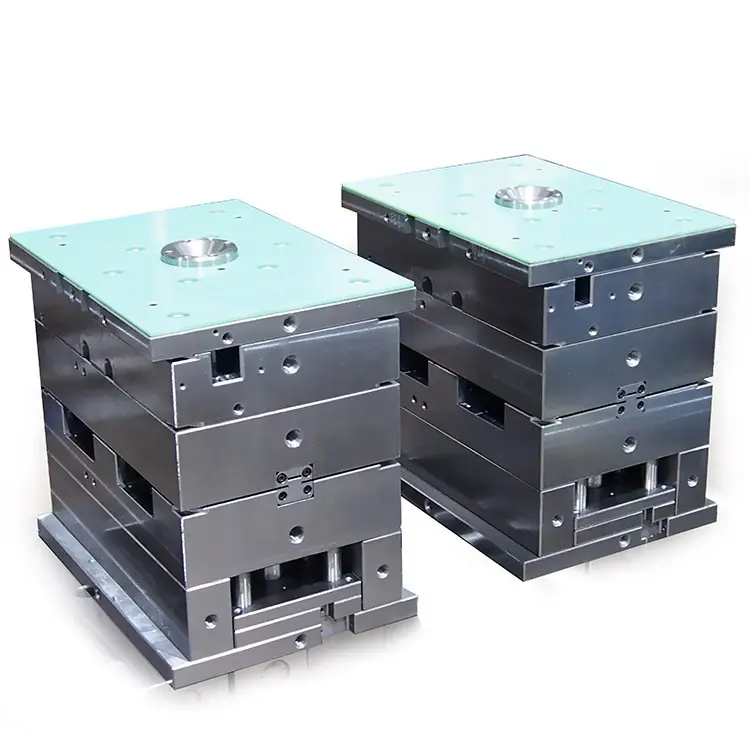Introduction to Mold Steel
Mold steel is a crucial material in the manufacturing industry, especially in Korea where precision and quality are paramount. This guide provides in-depth insights into mold steel, its properties, types, and applications, aiming to support manufacturers in making informed decisions.
Understanding Mold Steel Properties
Mold steel possesses unique characteristics that make it an ideal choice for creating molds used in various production processes. **Key properties** of mold steel include:
- **Hardness**: Essential for maintaining mold shape and durability under high pressure.
- **Wear Resistance**: Reduces wear and tear, extending the mold's lifespan.
- **Corrosion Resistance**: Prevents rust and degradation, ensuring longevity.
- **Thermal Conductivity**: Important for managing heat during the molding process.
- **Machinability**: Ease with which the steel can be machined into the desired shape.
Types of Mold Steel
Korean manufacturers use various types of mold steel based on specific requirements. Major types of mold steel include:
| Type | Properties | Applications |
|---|---|---|
| P20 | Medium-hard, pre-hardened | Injection molds, extrusion dies |
| S7 | Shock-resistance, high toughness | Blow molds, insert molding |
| H13 | High thermal stability, wear resistance | Die-casting molds, hot runner systems |
| NAK55 | High polishability, excellent machinability | Precision molds, plastic injection molds |
| 420 Stainless | High corrosion resistance, excellent surface finish | Medical device molds, food processing molds |
Selection Criteria for Mold Steel
Choosing the right mold steel is vital for ensuring product quality and manufacturing efficiency. Consider the following when selecting mold steel:
- **Material Compatibility**: Ensure the steel is compatible with the material being molded.
- **Product Dimensions and Complexities**: Take into account the size and intricacy of the mold design.
- **Operating Conditions**: Consider the mold's exposure to pressure, temperature, and other conditions.
- **Cost-effectiveness**: Balance between upfront costs and long-term benefits such as durability and maintenance.
- **Supplier Reliability**: Choose a reputable supplier to guarantee quality and consistency.
Heat Treatment of Mold Steel
Heat treatment is an essential process for enhancing the properties of mold steel. **Heat treatment techniques** include:
- **Annealing**: Softens the steel for better machinability and reduces internal stresses.
- **Quenching and Tempering**: Increases hardness and strength by altering the microstructure of the steel.
- **Nitrding**: Introduces nitrogen to the surface to enhance hardness and wear resistance.
- **Cryogenic Treatment**: Further refines the microstructure for improved performance at low temperatures.
Common Applications of Mold Steel in Korea
Mold steel is integral to various industries in Korea. Common applications include:
- **Automotive Parts**: Precision molds for engine components, interior and exterior parts.
- **Electronics**: High-quality molds for smartphone components and semiconductor packaging.
- **Consumer Goods**: Durable molds for household appliances and plasticware.
- **Medical Devices**: Sterile, corrosion-resistant molds for medical and dental equipment.
- **Industrial Machinery**: Heavy-duty molds for machinery components and tools.
Maintaining and Extending the Life of Mold Steel
Mold maintenance is crucial for sustaining production quality and mold longevity. **Maintenance tips** include:
- **Regular Cleaning**: Remove residues and debris to prevent contamination and wear.
- **Lubrication**: Apply appropriate lubricants to reduce friction and wear.
- **Inspection and Repair**: Periodically inspect for cracks, corrosion, and other damages, and perform necessary repairs.
- **Proper Storage**: Store molds in clean, dry environments to prevent rust and damage.
Conclusion
Mold steel is an indispensable material for Korean manufacturers, offering the resilience and precision needed for high-quality production. By understanding the properties, types, and maintenance of mold steel, manufacturers can optimize their processes and enhance product quality. Select the appropriate type of mold steel, employ diligent maintenance practices, and lean on reputable suppliers to ensure consistent performance and extended mold life.

